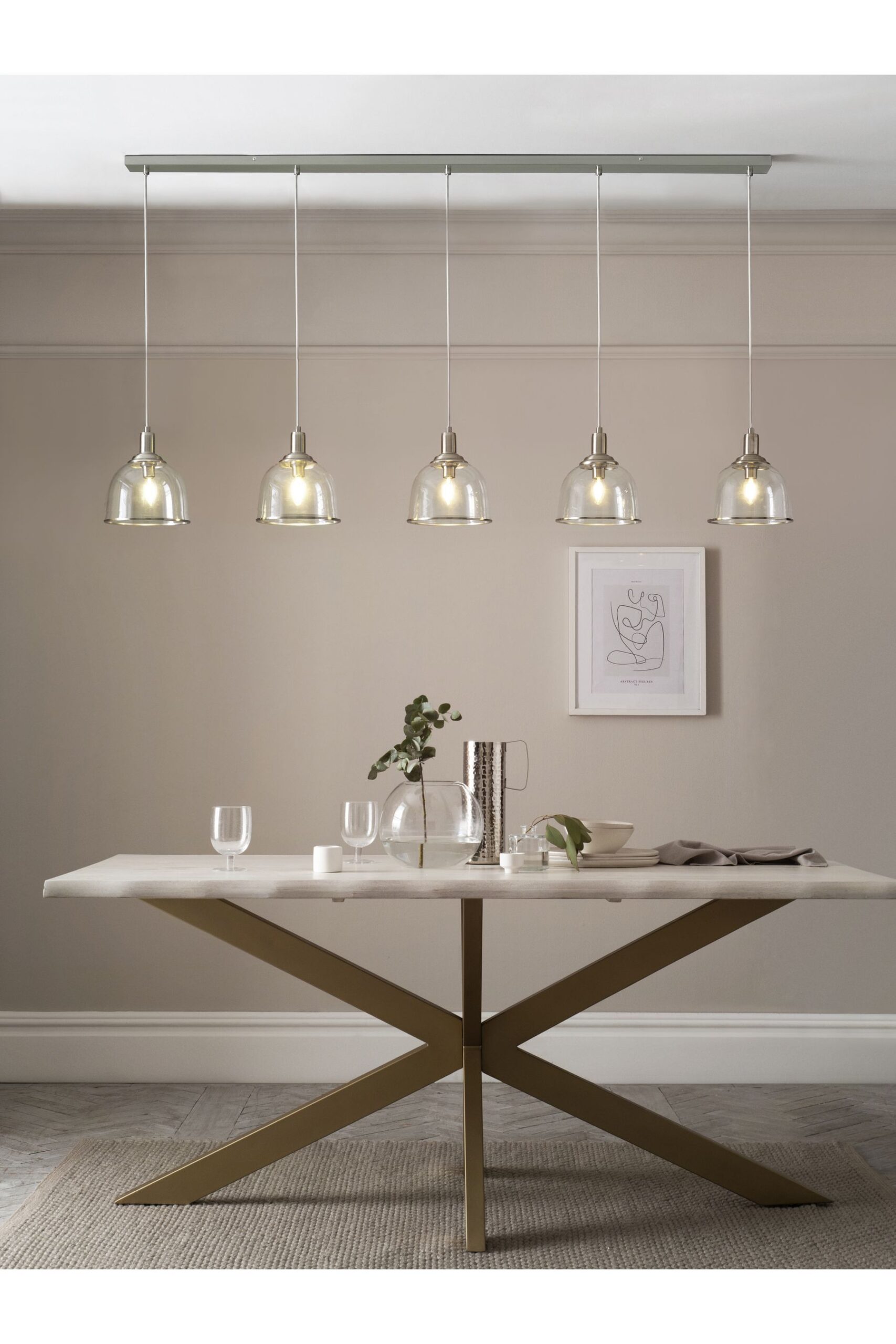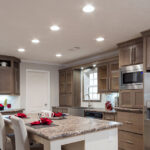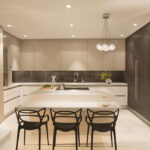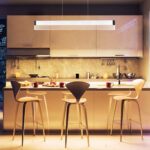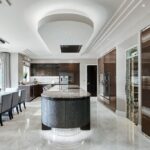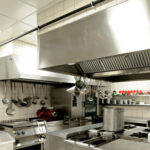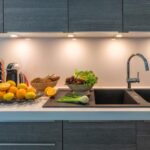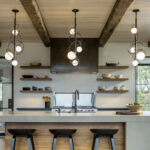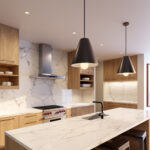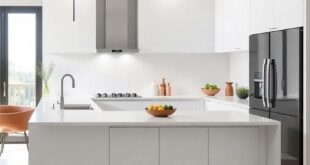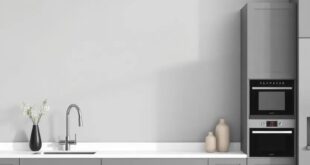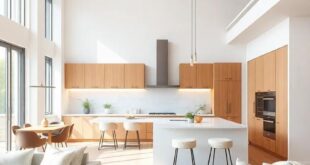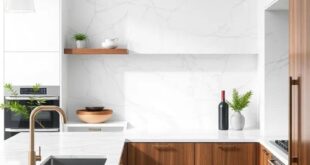The kitchen is often referred to as the heart of the home, and it is a space where family and friends gather to cook, eat, and socialize. One important aspect of any kitchen design is the lighting. Proper lighting is essential for creating a functional and inviting space where cooking and other kitchen activities can be done efficiently and comfortably.
There are several types of lighting that can be used in the kitchen, and a combination of them is usually ideal to create a well-lit space. The three main types of kitchen lighting are ambient lighting, task lighting, and accent lighting.
1. Ambient lighting: Ambient lighting provides overall illumination for the kitchen, and it is often achieved through ceiling lights, pendant lights, or recessed lighting. This type of lighting should be bright enough to light up the entire space, but not too harsh or glaring. It sets the mood for the kitchen and creates a warm and inviting atmosphere.
2. Task lighting: Task lighting is essential for providing focused light on specific work areas in the kitchen, such as the countertops, sink, and stove. Under-cabinet lighting, track lighting, and pendant lights are all popular options for task lighting. The goal of task lighting is to ensure that you have enough light to safely and efficiently carry out tasks like chopping vegetables, washing dishes, and cooking.
3. Accent lighting: Accent lighting is used to highlight certain features of the kitchen, such as artwork, architectural details, or decorative elements. This type of lighting adds depth and visual interest to the space, and it can be achieved through the use of track lighting, strip lighting, or LED lights. Accent lighting should be subtle and not overpowering, to create a balanced and cohesive look in the kitchen.
When planning the lighting for your kitchen, it is important to consider the layout and size of the space, as well as the tasks that will be performed in the kitchen. It’s also important to choose energy-efficient lighting options, such as LED bulbs, to save on energy costs and reduce your carbon footprint.
In conclusion, lighting is a crucial element in kitchen design, and the right lighting can enhance the functionality and aesthetic appeal of the space. By incorporating a combination of ambient, task, and accent lighting, you can create a well-lit and inviting kitchen that is both practical and visually appealing. So, whether you’re cooking a family meal or entertaining guests, the right lighting can make all the difference in your kitchen.
 Decorationg Interior Design
Decorationg Interior Design
